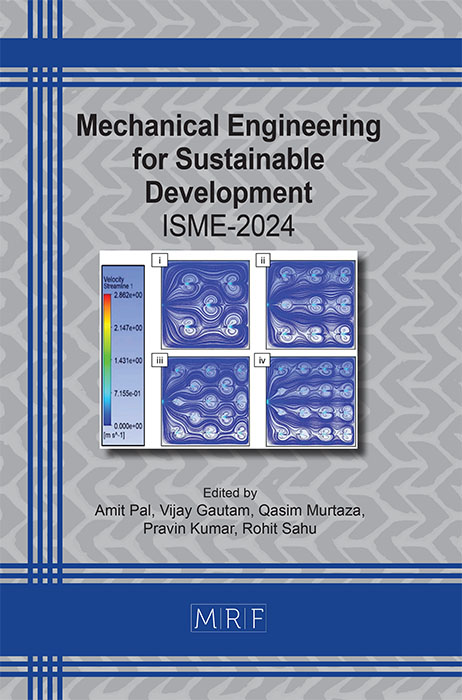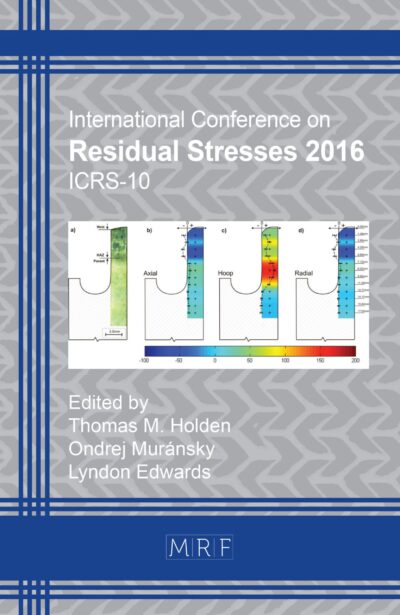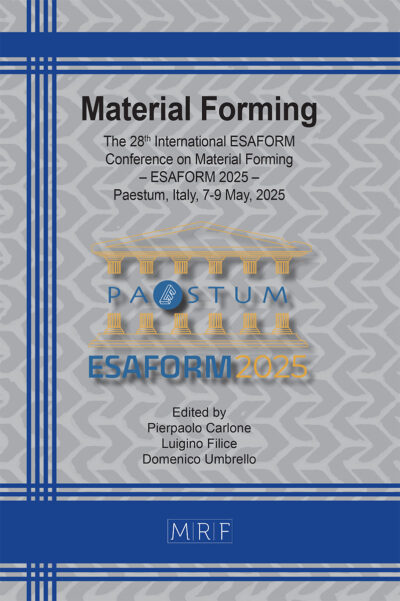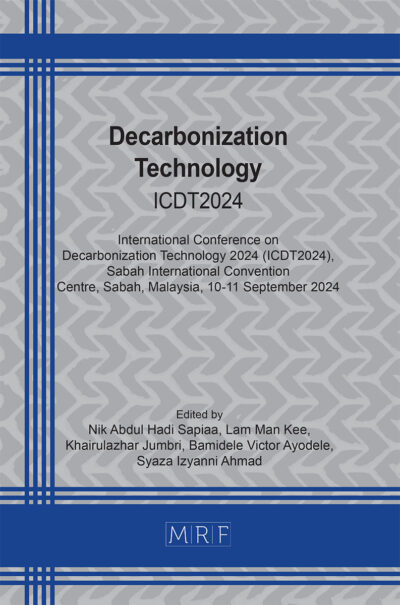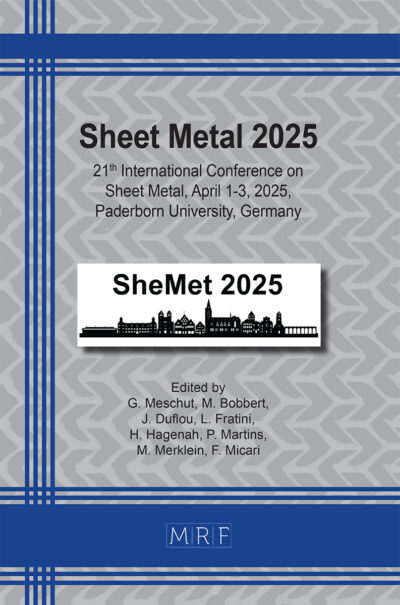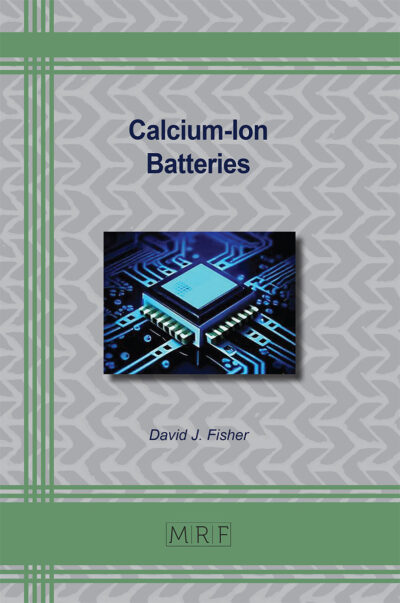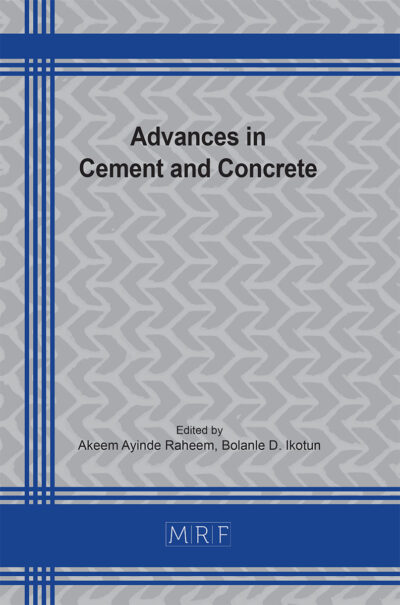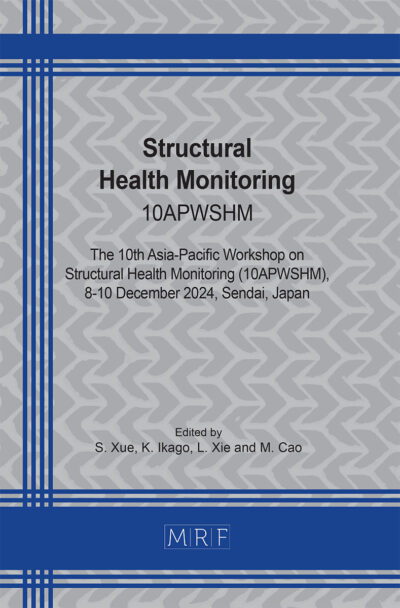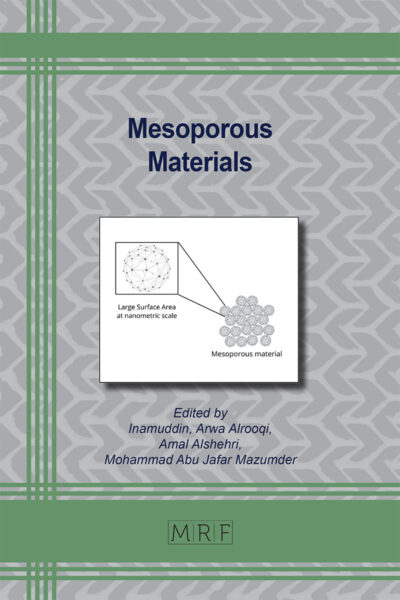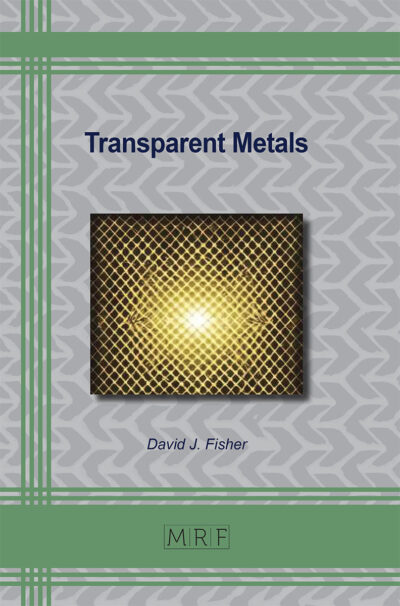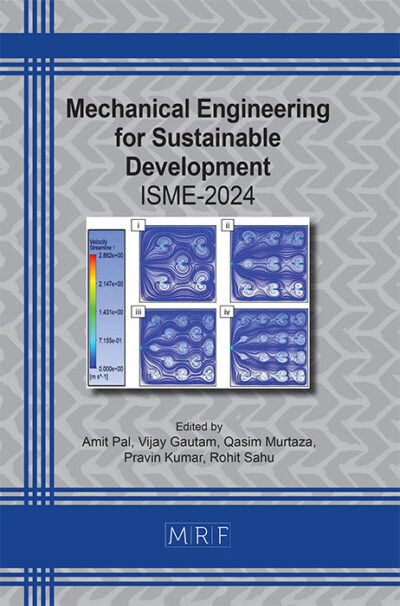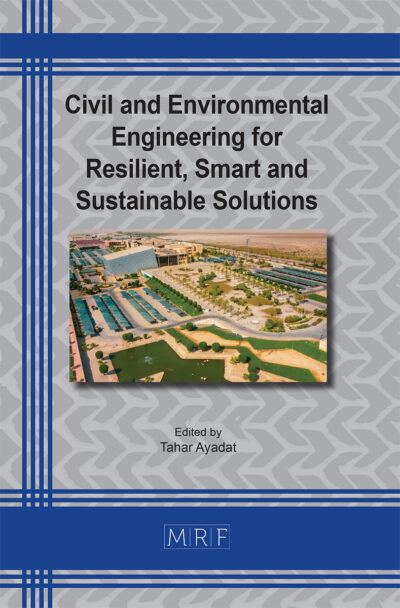Investigating the impact of numerical models on buckling and dynamic response of underwater metal and CFRP capsule
Jayanth Datta THOTA, Murali Karthik DEGALA, Rahul GANDIBOYINA, Balakrishna Murthy VALLABHANENI
Abstract. The present study aims to differentiate various numerical models in terms of mesh quality and geometry in predicting the response of an underwater shell made of aluminum subjected to buckling and free vibrations. A pressure of 1MPa for buckling and a 6-mode modal analysis were considered. Two different numerical geometries are considered, one with solids and the other with a solid-shell combination. Two different mesh qualities with the same element size are developed for solid geometries without and with slicing the solids at geometric discontinuities to enhance the element quality. From the buckling and dynamic response of the structure from both the solid models, variations in buckling factor and frequencies from the modal analysis were observed due to changes in element quality for the same size. The observed increase of around 7% in the mesh quality between the converged sliced model and the corresponding non-sliced model highlights the impact of mesh quality and modeling approach on the accuracy of the simulation. Extending the analysis by replacing the aluminum shell casing with carbon-epoxy composite (CFRP) introduces an additional layer of complexity due to the material properties and behavior of CFRP compared to aluminum. The comparison between the results obtained from the sliced model with CFRP and aluminum shell casings will provide insights into how the change in a material affects the structural response under buckling and modal analysis. The entire process is executed using ANSYS software.
Keywords
Underwater Capsule, Element Quality, Free-Vibrations, Buckling, FEA
Published online 3/1/2025, 10 pages
Copyright © 2025 by the author(s)
Published under license by Materials Research Forum LLC., Millersville PA, USA
Citation: Jayanth Datta THOTA, Murali Karthik DEGALA, Rahul GANDIBOYINA, Balakrishna Murthy VALLABHANENI, Investigating the impact of numerical models on buckling and dynamic response of underwater metal and CFRP capsule, Materials Research Proceedings, Vol. 49, pp 436-445, 2025
DOI: https://doi.org/10.21741/9781644903438-44
The article was published as article 44 of the book Mechanical Engineering for Sustainable Development
![]() Content from this work may be used under the terms of the Creative Commons Attribution 3.0 license. Any further distribution of this work must maintain attribution to the author(s) and the title of the work, journal citation and DOI.
Content from this work may be used under the terms of the Creative Commons Attribution 3.0 license. Any further distribution of this work must maintain attribution to the author(s) and the title of the work, journal citation and DOI.
References
[1] Helio Matos, Shyamal Kishore, Christopher Salazar, and Arun Shukla (2020), “Buckling, vibration, and energy solutions for underwater composite cylinders”, Composite structures, Volume 244, 112282.. https://doi.org/10.1016/j.compstruct.2020.112282
[2] Rinu Cherian (2014), “Buckling Analysis of Underwater cylindrical shells subjected to external pressure”, International Journal of innovation research advanced engineering, Volume 1, Issue 10.
[3] Shashikant More T and Bindu S (2015), “Effect of Mesh Size on Finite Element Analysis of Plate Structure”, International Journal of Engineering Science and Innovation Technology (IJESIT), Volume 4, Issue 3.
[4] Amit Nemade and Azim Shikalgar (2020),”The Mesh Quality significance in Finite Element Analysis”, IOSR Journal of Mechanical and Civil Engineering (IOSR-JMCE), Volume 17, Issue 2, Pages 44-48.
[5] Yucheng Liu (2013), “Choose the Best Element Size to Yield Accurate FEA Results While Reduce Fe Model’s Complexity”, British Journal of Engineering and Technology, Volume 7, No 1, Pages 13-28.
[6] Pathade Kailas S, Sathe Pratik I, Khot Rahul B, Swami Amrut Eshwar A, Potdar Shubham G, and Kulkarni Adinath P (2021), “Experimental Study on Buckling Strength of Underwater shells”, International Research Journal of Engineering and Technology, Volume 8, Issue 8.
[7] Lori A. Freitag and Carl Ollivier-Gooch (1998), “Tetrahedral Mesh Improvement Using Swapping and Smoothing”, International Journal for Numerical Methods in Engineering, Volume 40, Issue 21.. https://doi.org/10.1002/(SICI)1097-0207(19971115)40:21<3979::AID-NME251>3.0.CO;2-9
[8] Jeonghyung Park and Suzanne M. Shontz (2011), “An Alternating Mesh Quality Metric Scheme for Efficient Mesh Quality Improvement”, International Conference on Computational Science (ICCS), Procedia Computer Science 4, Pages 292-301.. https://doi.org/10.1016/j.procs.2011.04.031
[9] Aman Dutt (2015) “Effect of Mesh Size on Finite Element Analysis of Beam”, Indian Journal of Medical Ethics 2, Pages 8-10.. https://doi.org/10.14445/23488360/IJME-V2I12P102
[10] J.Y. Han, H.Y. Jung, J.R. Cho, J.H. Choi, W.B. Bae (2008), “Buckling analysis and test of composite shells under hydrostatic pressure”, Journal of Materials Processing Technology, Volume 201, Issues 1-3, Pages 742-745.. https://doi.org/10.1016/j.jmatprotec.2007.11.228
[11] ANSYS reference manuals 2023.

